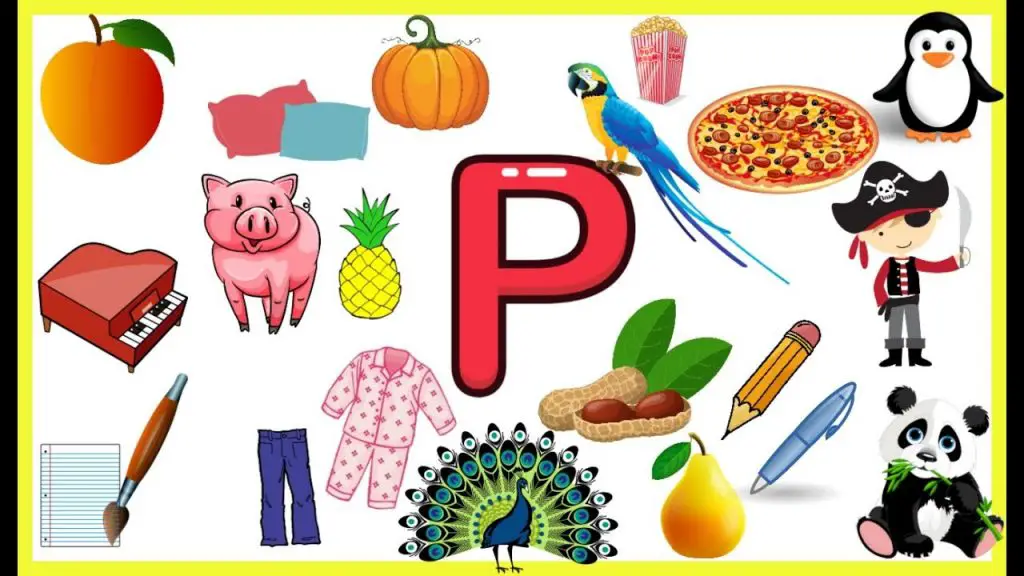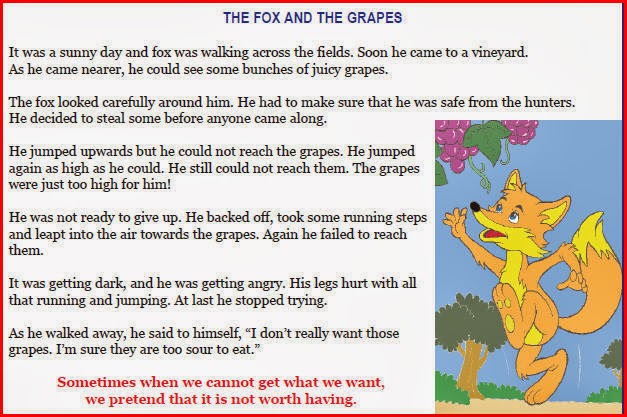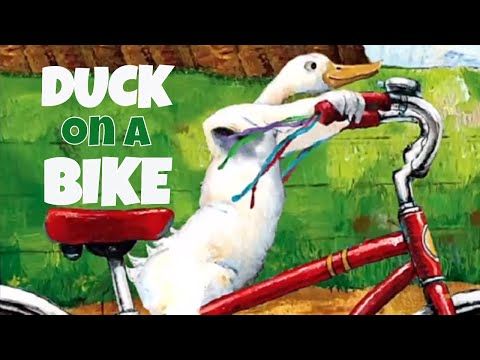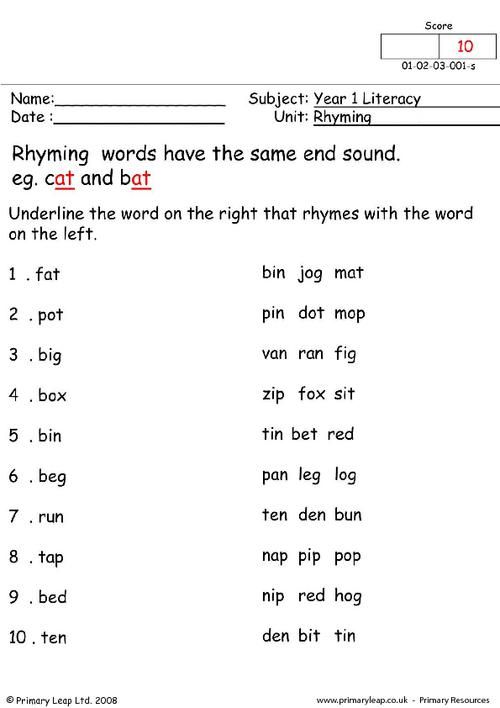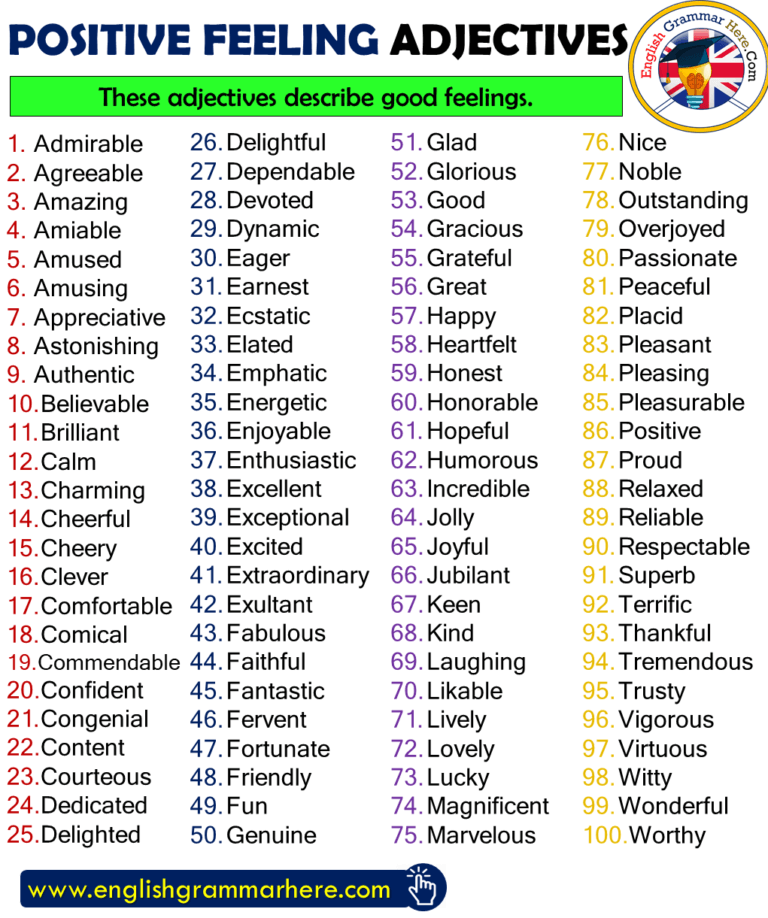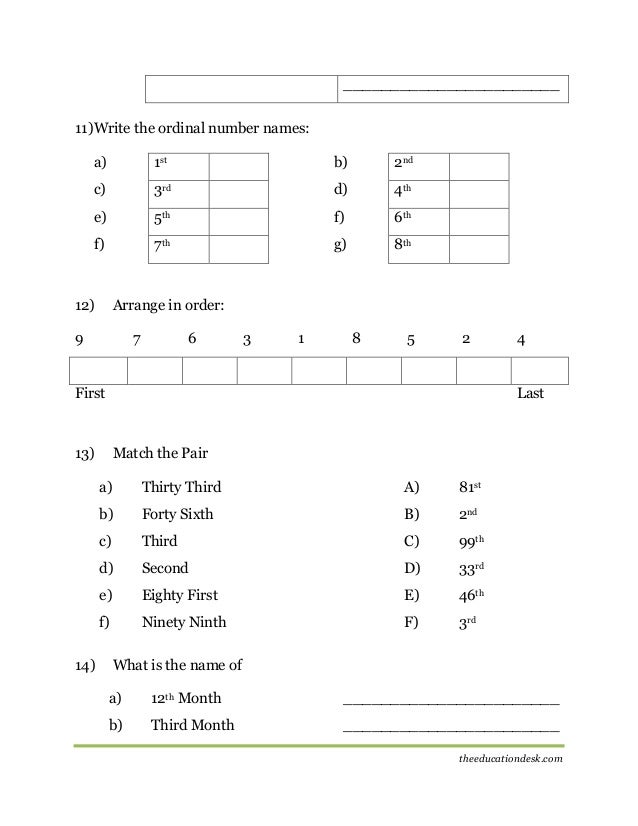Grimm fairy tales goldilocks
Goldilocks And The Three Bears
Once upon a time in a large forest, close to a village, stood the cottage where the Teddy Bear family lived. They were not really proper Teddy Bears, for Father Bear was very big, Mother Bear was middling in size, and only Baby Bear could be described as a Teddy Bear.
Once upon a time in a large forest, close to a village, stood the cottage where the Teddy Bear family lived. They were not really proper Teddy Bears, for Father Bear was very big, Mother Bear was middling in size, and only Baby Bear could be described as a Teddy Bear.
Each bear had its own size of bed. Father Bear's was large and nice and comfy. Mother Bear's bed was middling in size, while Baby Bear had a fine little cherrywood bed that Father Bear had ordered from a couple of beaver friends.
Beside the fireplace, around which the family sat in the evenings, stood a large carved chair for the head of the house, a delightful blue velvet armchair for Mother Bear, and a very little chair for Baby Bear.
Neatly laid out on the kitchen table stood three china bowls. A large one for Father Bear, a smaller one for Mother Bear, and a little bowl for Baby Bear.
The neighbors were all very respectful to Father Bear and people raised their hats when he went by. Father Bear liked that and he always politely replied to their greetings. Mother Bear had lots of friends. She visited them in the afternoons to exchange good advice and recipes for jam and bottled fruit. Baby Bear, however, had hardly any friends. This was partly because he was rather a bully and liked to win games and arguments. He was a pest too and always getting into mischief. Not far away, lived a fair-haired little girl who had a similar nature to Baby Bear, only she was haughty and stuck-up as well, and though Baby Bear often asked her to come and play at his house, she always said no.
One day, Mother Bear made a nice pudding. It was a new recipe, with blueberries and other crushed berries. Her friends told her it was delicious.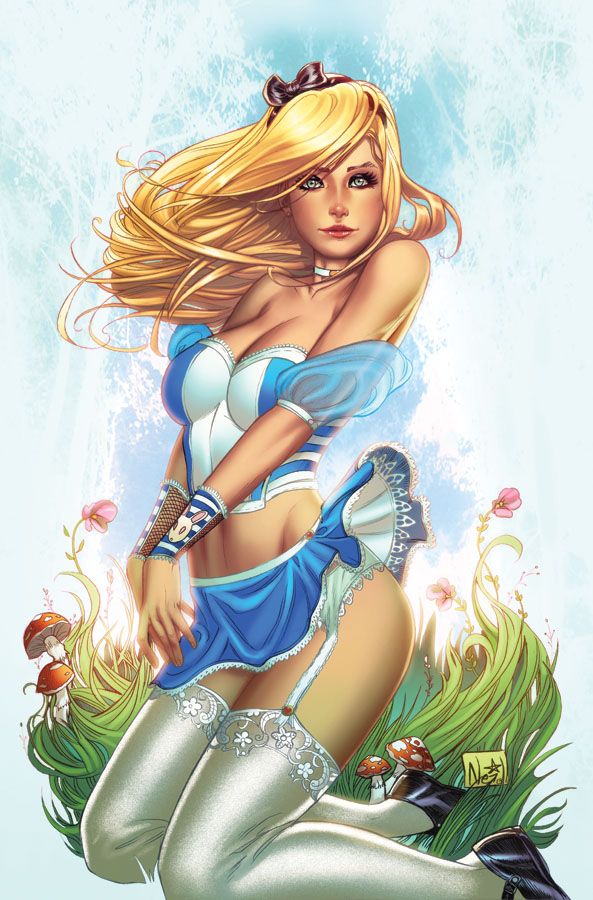 When it was ready, she said to the family:
When it was ready, she said to the family:
"It has to be left to cool now, otherwise it won't taste nice. That will take at least an hour. Why don't we go and visit the Beavers' new baby? Mummy Beaver will be pleased to see us." Father Bear and Baby Bear would much rather have tucked into the pudding, warm or not, but they liked the thought of visiting the new baby.
'We must wear our best clothes, even for such a short visit. Everyone at the Beavers' will be very busy now, and we must not stay too long!" And so they set off along the pathway towards the river bank. A short time later, the stuck-up little girl, whose name was Goldilocks, passed by the Bears' house as she picked flowers.
"Oh, what an ugly house the Bears have!" said Goldilocks to herself as she went down the hill. "I'm going to peep inside! It won't be beautiful like my house, but I'm dying to see where Baby Bear lives.' Knock! Knock! The little girl tapped on the door. Knock! Knock! Not a sound...
"Surely someone will hear me knocking," Goldilocks said herself, impatiently.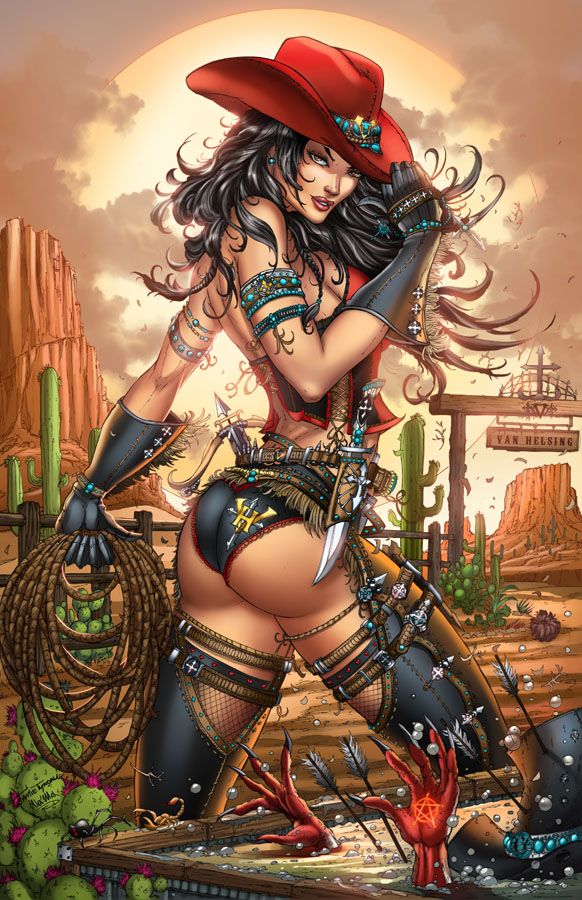 "Anyone at home?" she called, peering round the door. Then she went into the empty house and started to explore the kitchen.
"Anyone at home?" she called, peering round the door. Then she went into the empty house and started to explore the kitchen.
"A pudding!" she cried, dipping her finger into the pudding Mother Bear had left to cool. "Quite nice!" she murmured, spooning it from Baby Bear's bowl. In a twinkling, the bowl lay empty on a messy table. With a full tummy, Goldilocks went on exploring.
"Now then, this must be Father Bear's chair, this will be Mother Bear's, and this one must belong to my friend, Baby Bear. I'll just sit on it a while!" With these words, Goldilocks sat herself down onto the little chair which, quite unused to such a sudden weight, promptly broke a leg. Goldilocks crashed to the floor, but not in the least dismayed by the damage she had done, she went upstairs.
There was no mistaking which was Baby Bear's bed.
"Mm! Quite comfy!" she said, I bouncing on it. "Not as nice as mine, but nearly! Then she yawned. I think I'll lie down, only for a minute just to try the bed.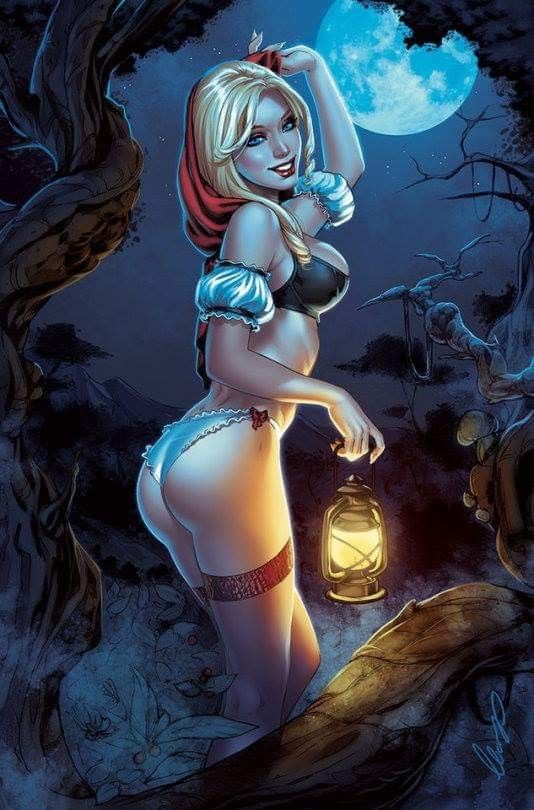 " And in next to no time, Goldilocks lay fast asleep in Baby Bear's bed. In the meantime, the Bears were on their way home.
" And in next to no time, Goldilocks lay fast asleep in Baby Bear's bed. In the meantime, the Bears were on their way home.
"Wasn't the new Beaver baby ever so small?" said Baby Bear to his mother. Was I as tiny as that when I was born?"
"Not quite, but almost," came the reply, with a fond caress. From a distance, Father Bear noticed the door was ajar.
"Hurry!" he cried. "Someone is in our house ..." Was Father Bear hungry or did a thought strike him? Anyway, he dashed into the kitchen. "I knew it! Somebody has gobbled up the pudding."
"Someone has been jumping up and down on my armchair!" complained Mother Bear.
"and somebody's broken my chair!" wailed Baby Bear.
Where could the culprit be? They all ran upstairs and tiptoed in amazement over to Baby Bear's bed. In it lay Goldilocks, sound asleep. Baby Bear prodded her toe.
"Who's that? Where am I?" shrieked the little girl, waking with a start. Taking fright at the scowling faces bending over her, she clutched the bedclothes up to her chin. Then she jumped out of bed and fled down the stairs.
Then she jumped out of bed and fled down the stairs.
"Get away! Away from that house!" she told herself as she ran, forgetful of all the trouble she had so unkindly caused. But Baby Bear called from the door, waving his arm:
"Don't run away! Come back! I forgive you, come and play with me!"
And this is how it all ended. From that day onwards, haughty rude Goldilocks became a pleasant little girl. She made friends with Baby Bear and often went to his house. She invited him to her house too, and they remained good friends, always.
The End
She Doesn’t Always Get Away: Goldilocks and the Three Bears
It’s such a kind, cuddly story—three cute bears with a rather alarming obsession with porridge and taking long healthy walks in the woods (really, bears, is this any example to set to small children), one small golden haired girl who is just hungry and tired and doesn’t want porridge that burns her mouth—a perfectly understandable feeling, really.
Or at least, it’s a kind cuddly story now.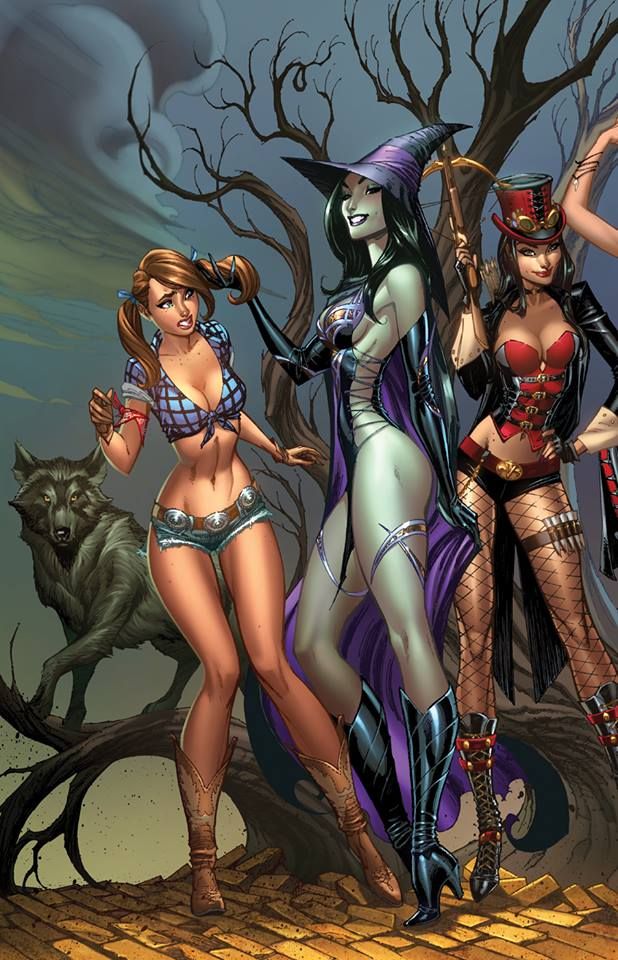
In the earliest written version, the bears set Goldilocks on fire.
That version was written down in 1831 by Eleanor Mure, someone we know little of besides the name. The granddaughter of a baron and daughter of a barrister, she was apparently born around 1799, never married, was at some point taught how to use watercolors, and died in 1886. And that’s about it. We can, however, guess that she was fond of fairy tales and bears—and very fond of a young nephew, Horace Broke. Fond enough to write a poem about the Three Bears and inscribe it in his very own handcrafted book for his fourth birthday in 1831.
It must have taken her at least a few weeks if not more to put the book together, both to compose the poem and paint the watercolor illustrations of the three bears and St. Paul’s Cathedral, stunningly free of any surrounding buildings. In her version, all animals can talk. Three bears (in Mure’s watercolors, all about the same size, although the text claims that the third bear is “little”) take advantage of this speaking ability to buy a nice house in the neighborhood, already furnished.
Almost immediately, they run into social trouble when they decide not to receive one of their neighbors, an old lady. Her immediate response is straight from Jane Austen and other books of manners and social interactions: she calls the bears “impertinent” and to ask exactly how they can justify giving themselves airs. Her next response, however, is not exactly something that Jane Austen would applaud: after getting told to go away, she decides to walk into the house and explore it—an exploration that includes drinking out of their three cups of milk, trying their three chairs (and breaking one) and trying out their three beds (breaking one of those as well). The infuriated bears, after finding the milk, the chairs and the beds, decide to take their revenge—first throwing her into a fire and then into water, before finally throwing her on top of the steeple of St. Paul’s Cathedral and leaving her there.
The poetry is more than a bit rough, as is the language—I have a bit of difficulty thinking that anyone even in 1831 would casually drop “Adzooks!” into a sentence, although I suppose if you’re going to use “Adzooks” at all (and Microsoft Word’s spell checker, for one, would prefer that you didn’t) it might as well be in a poem about bears. Her nephew, at least, treasured the book enough to keep it until his death in 1909, when it was purchased, along with the rest of his library, by librarian Edgar Osborne, who in turn donated the collection to the Toronto Public Library in 1949, which publicized the find in 1951, and in 2010, very kindly published a pdf facsimile online which allows all of us to see Mure’s little watercolors with the three bears.
Her nephew, at least, treasured the book enough to keep it until his death in 1909, when it was purchased, along with the rest of his library, by librarian Edgar Osborne, who in turn donated the collection to the Toronto Public Library in 1949, which publicized the find in 1951, and in 2010, very kindly published a pdf facsimile online which allows all of us to see Mure’s little watercolors with the three bears.
Mure’s poem, however, apparently failed to circulate outside of her immediate family, or perhaps even her nephew, possibly because of the “Adzooks!” It was left to poet Robert Southey to popularize the story in print form, in his 1837 collection of writings, The Doctor.
Southey is probably best known these days as a friend of Samuel Taylor Coleridge (the two men married two sisters). In his own time, Southey was initially considered a radical—though he was also the same radical who kindly advised Charlotte Bronte that “Literature is not the business of a woman’s life. ” To be somewhat fair, Southey may have been thinking of his own career: he, too, lacked the funds to focus completely on poetry, needing to support himself through nonfiction work after nonfiction work. Eventually, he accepted a government pension, accepting that he did not have a large enough estate or writing income to live on. He also moved away from his earlier radicalism—and some of this friends—though he continued to protest living conditions in various slums and the growing use of child labor in the earlier part of the 19th century.
” To be somewhat fair, Southey may have been thinking of his own career: he, too, lacked the funds to focus completely on poetry, needing to support himself through nonfiction work after nonfiction work. Eventually, he accepted a government pension, accepting that he did not have a large enough estate or writing income to live on. He also moved away from his earlier radicalism—and some of this friends—though he continued to protest living conditions in various slums and the growing use of child labor in the earlier part of the 19th century.
His prose version of “The Three Bears” was published after he had accepted that government pension and joined the Tory Party. In his version, the bears live not in a lovely, furnished country mansion, but in a house in the woods—more or less where bears might be expected to be found. After finding that their porridge is too hot, they head out for a nice walk in the woods. At this point, an old woman finds their house, heads in, and starts helping herself to the porridge, chairs and the beds.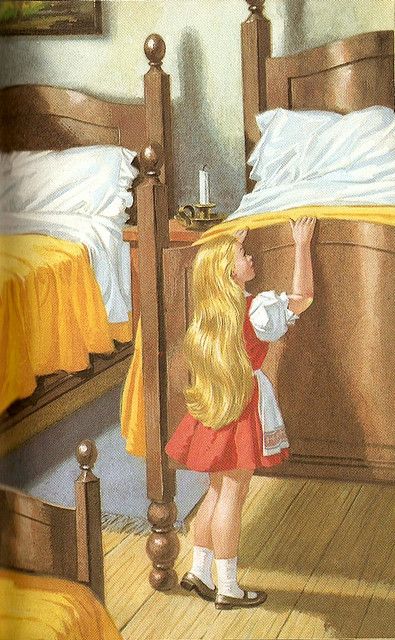
It’s a longer, more elaborate version than either Mure’s poem or the many picture books that followed him, thanks to the many details Southey included about the chair cushions and the old lady—bits left out of most current versions. What did endure was something that doesn’t appear in Mure’s version: the ongoing repetition of “SOMEBODY’S BEEN EATING MY PORRIDGE,” and “SOMEBODY’S BEEN SITTING IN MY CHAIR.” Whether Southey’s original invention, or something taken from the earlier oral version that inspired both Mure and Southey, those repetitive sentences—perfect for reciting in different silly voices—endured.
Southey’s bears are just a little bit less civilized than Mure’s bears—in Southey’s words, “a little rough or so,” since they are bears. As his old woman: described as an impudent, bad old woman, she uses rough language (Southey, knowing the story would be read to or by children, does not elaborate) and doesn’t even try to get an invitation first. But both stories can be read as reactions to changing social conditions in England and France.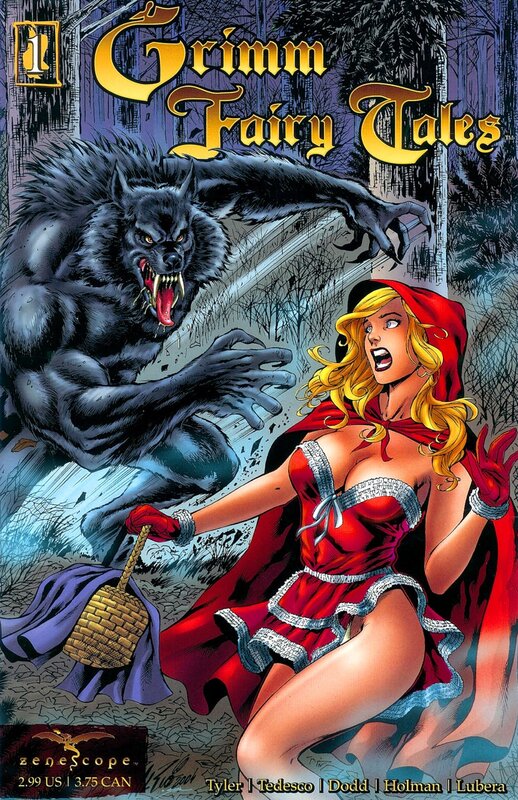 Mure presents her story as a clash between established residents and new renters who—understandably—demand to be treated with the same respect as the older, established residents, in a mirror of the many cases of new merchant money investing in or renting older, established homes. Southey shows his growing fears of unemployed, desperate strangers breaking into quiet homes, searching for food and a place to rest. His story ends with the suggestion that the old woman either died alone in the woods, or ended up getting arrested for vagrancy.
Mure presents her story as a clash between established residents and new renters who—understandably—demand to be treated with the same respect as the older, established residents, in a mirror of the many cases of new merchant money investing in or renting older, established homes. Southey shows his growing fears of unemployed, desperate strangers breaking into quiet homes, searching for food and a place to rest. His story ends with the suggestion that the old woman either died alone in the woods, or ended up getting arrested for vagrancy.
Southey’s story was later turned into verse by a certain G.N. (credited as George Nicol in some sources) on the basis that, as he said:
But fearing in your book it might
Escape some little people’s sight
I did not that one should lose
What will them all so much amuse,
As you might be gathering from this little excerpt, the verse was not particularly profound, or good; the book, based on the version digitized by Google, also contained numerous printing errors.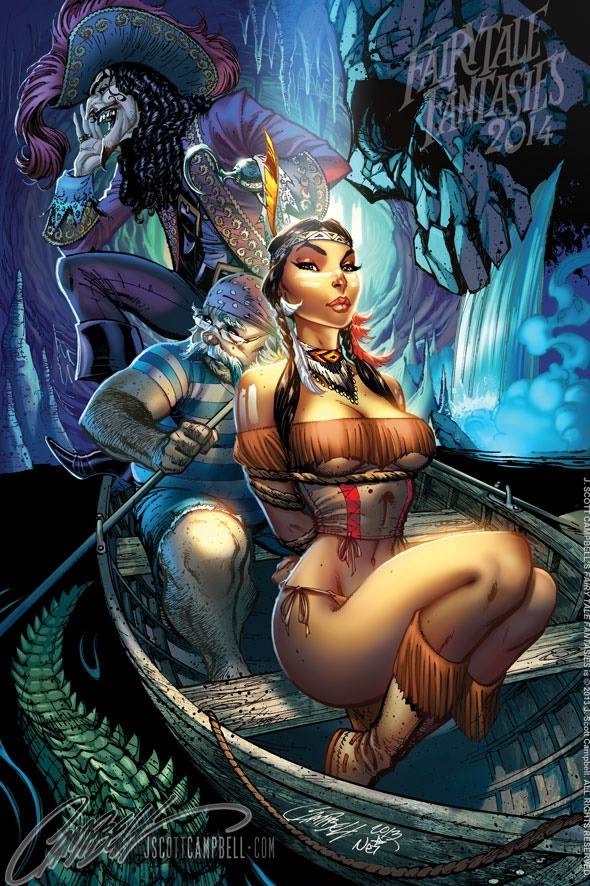 (The digitized Google version does preserve the changes in font size used for the bears’ dialogue.) The illustrations, however, including an early one showing the bears happily smoking and wearing delightful little reading glasses, were wonderful—despite the suggestion that the Three Bears were not exactly great at housekeeping. (Well, to be fair, they were bears.)
(The digitized Google version does preserve the changes in font size used for the bears’ dialogue.) The illustrations, however, including an early one showing the bears happily smoking and wearing delightful little reading glasses, were wonderful—despite the suggestion that the Three Bears were not exactly great at housekeeping. (Well, to be fair, they were bears.)
To be fair, some of the poetic issues stem from Victorian reticence:
Somebody in my chair has been!”
The middle Bear exclaim’d;
Seeing the cushion dented in
By what may not be named.
(Later Victorians, I should note, thought even this—and the verse that follows, which, I should warn you, suggests the human bottom – was far too much, ordering writers to delete Southey’s similar reference and anything that so much as implied a reference to that part of the human or bear anatomy. Even these days, the exact method that Goldilocks uses to dent the chair and later break the little bear’s chair are left discreetly unmentioned.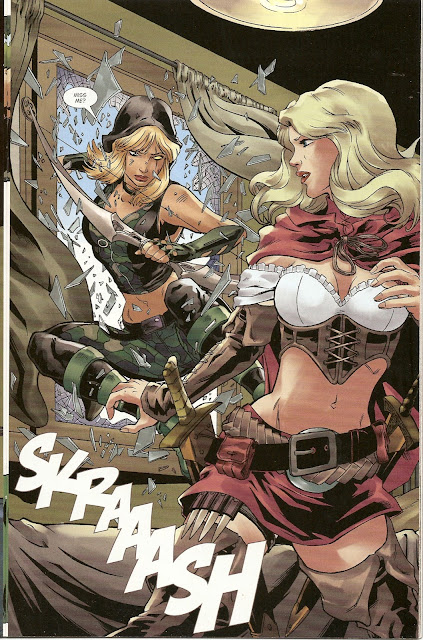 )
)
Others stem from a seeming lack of vocabulary:
She burn’d her mouth, at which half mad
she said a naughty word;
a naughty word it was and bad
As ever could be heard.
Joseph Cundall, for one, was unimpressed, deciding to return to Southey’s prose version of the tale for his 1849 collection, Treasury of Pleasure Books for Young Children. Cundall did, however, make one critical and lasting change to the tale: he changed Southey’s intruder from an elderly lady to a young girl called Silver-Hair. Cundall felt that fairy tales had enough old women, and not enough young girls; his introduction also suggests that he may have heard another oral version of the tale where the protagonist was named Silver Hair. Shortly after publishing this version, Cundall went bankrupt, and abandoned both children’s literature and printing for the more lucrative (for him) profession of photography.
The bankruptcy did not prevent other Victorian children’s writers from seizing his idea and using it in their own versions of the Three Bears, making other alterations along the way. Slowly, the bears turned into a Bear Family, with a Papa, Mama and Baby Bear (in the Mure, Southey, G.N. and Cundall versions, the bears are all male). The intruder changed names from Silver Hair to Golden Hair to Silver Locks to, eventually, Goldilocks. But in all of these versions, she remained a girl, often a very young one indeed, and in some cases, even turned into the tired, hungry protagonist of the tale—a girl in danger of getting eaten by bears.
Slowly, the bears turned into a Bear Family, with a Papa, Mama and Baby Bear (in the Mure, Southey, G.N. and Cundall versions, the bears are all male). The intruder changed names from Silver Hair to Golden Hair to Silver Locks to, eventually, Goldilocks. But in all of these versions, she remained a girl, often a very young one indeed, and in some cases, even turned into the tired, hungry protagonist of the tale—a girl in danger of getting eaten by bears.
I suspect, however, that like me, many small children felt more sympathy for the small bear. I mean, the girl ate his ENTIRE BREAKFAST AND BROKE HIS CHAIR. As a small child with a younger brother who was known for occasionally CHEWING MY TOYS, I completely understood Baby Bear’s howls of outrage here. I’m just saying.
The story was popular enough to spawn multiple picture books throughout the nineteenth and twentieth centuries, which in turn led to some authors taking a rather hard look at Goldilocks. (Like me, many of these authors were inclined to be on the side of Baby Bear.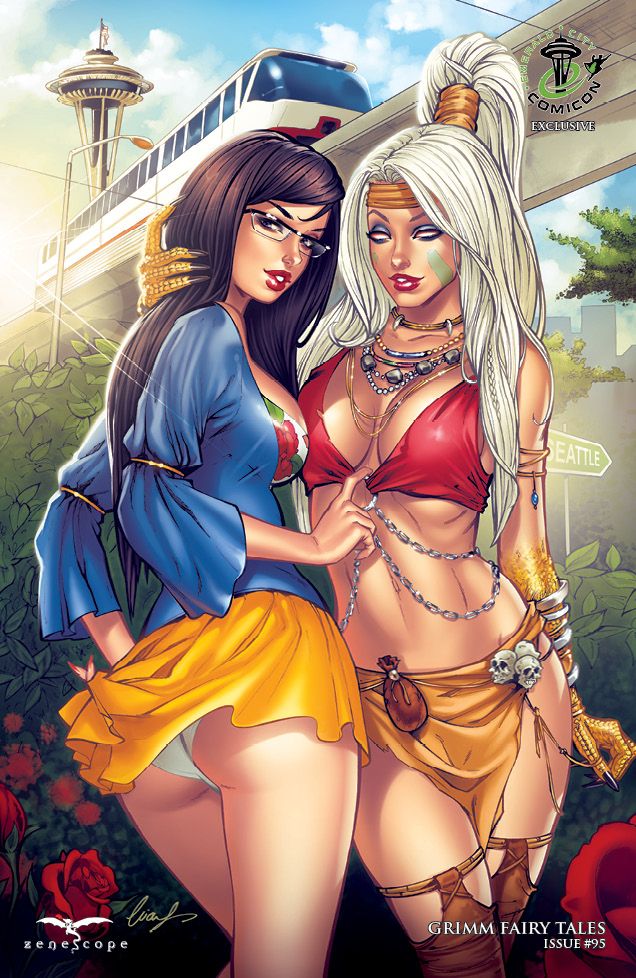 ) Many of the versions took elaborate liberties with the story—as in my personal recent favorite, Goldilocks and the Three Dinosaurs, by Mo Willems, recommended to me by an excited four year old. Not only does it change the traditional porridge to chocolate pudding, which frankly makes far more sense for breakfast, it also, as the title might have warned, has dinosaurs, though I should warn my adult readers that alas, no, the dinosaurs do not eat Goldilocks, which may be a disappointment to many.
) Many of the versions took elaborate liberties with the story—as in my personal recent favorite, Goldilocks and the Three Dinosaurs, by Mo Willems, recommended to me by an excited four year old. Not only does it change the traditional porridge to chocolate pudding, which frankly makes far more sense for breakfast, it also, as the title might have warned, has dinosaurs, though I should warn my adult readers that alas, no, the dinosaurs do not eat Goldilocks, which may be a disappointment to many.
For the most part, the illustrations in the picture books range from adequate to marvelous—a far step above the amateur watercolors so carefully created by Mure in 1837. But the story survived, I think, not because of the illustrations, but because when properly told by a teller who is willing to do different voices for all three bears, it’s not just exciting but HILARIOUS, especially when you are three. It was the start, for me, of a small obsession with bears.
But I must admit, as comforting as it is on some level to know that in most versions, Goldilocks does get safely away (after all, in the privacy of this post, I must admit that my brother was not the only child who broke things in our house, and it’s kinda nice to know that breaking a chair won’t immediately lead to getting eaten by bears) it’s equally comforting to know that in at least one earlier version, she didn’t.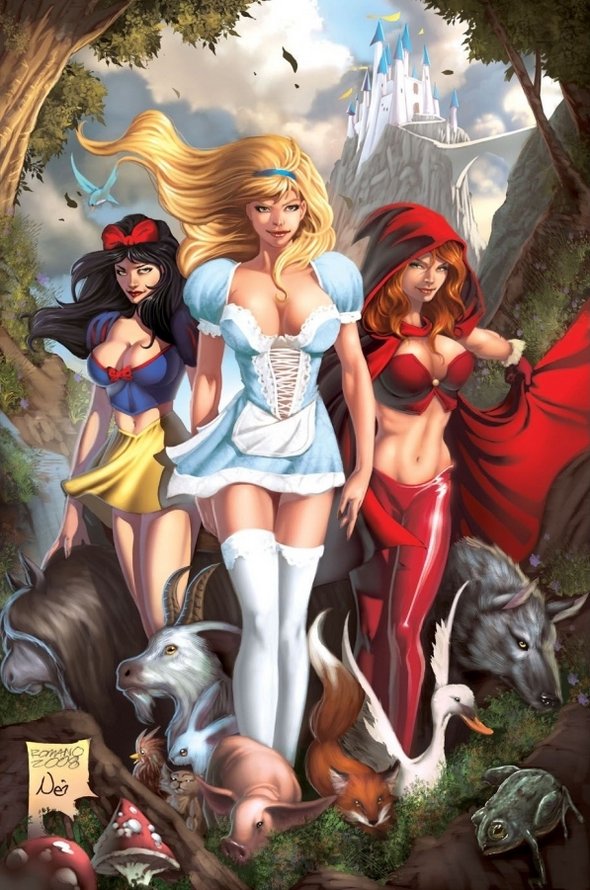
Mari Ness lives in central Florida.
citation
The most beautiful fairy tales of the Brothers Grimm
The Brothers Grimm - The most beautiful fairy tales: 1 - 20
2Golden Goose
Once upon a time there was a man who had three sons, and the youngest of them was called Fool, and everyone despised him and ridiculed and offended at every opportunity. It happened one day that the elder had to go to the forest to cut wood, and his mother gave him a good pie and a bottle of wine in reserve so that he would not starve and would not know thirst. Read the tale →
3 Little Red Riding Hood
Wow, what a sweet little girl she was! She was sweet to everyone who only saw her; well, and she was the sweetest and dearest of all to her grandmother, who didn’t even know what to give her, her beloved granddaughter. She once gave her a red velvet cap, and since this cap suited her very well and she did not want to wear anything else, they began to call her Little Red Riding Hood. Read the tale →
Read the tale →
she sang to her so much about her great love and friendship that the mouse finally agreed to settle with her in the same house and start a common household. Yes, we should have prepared supplies for the winter, otherwise we will have to starve, ”said the cat. - You, mouse, you can't walk everywhere. Look at that, you will end up in a mousetrap. Read the tale →
5The Frog King or Iron Henry
In ancient times, when spells still helped, there was a king in the world; all his daughters were beautiful, but the youngest was so beautiful that even the sun, which had seen a lot in its lifetime, was surprised, shining on her face. She had seven kids, and she loved them so much, as only a mother can love her children. Once she was about to go into the forest, bring food; Here she called all her seven children and said: - Dear children, I want to go to the forest, but you watch the wolf. If he comes here, he will eat all of you, along with the skin and wool.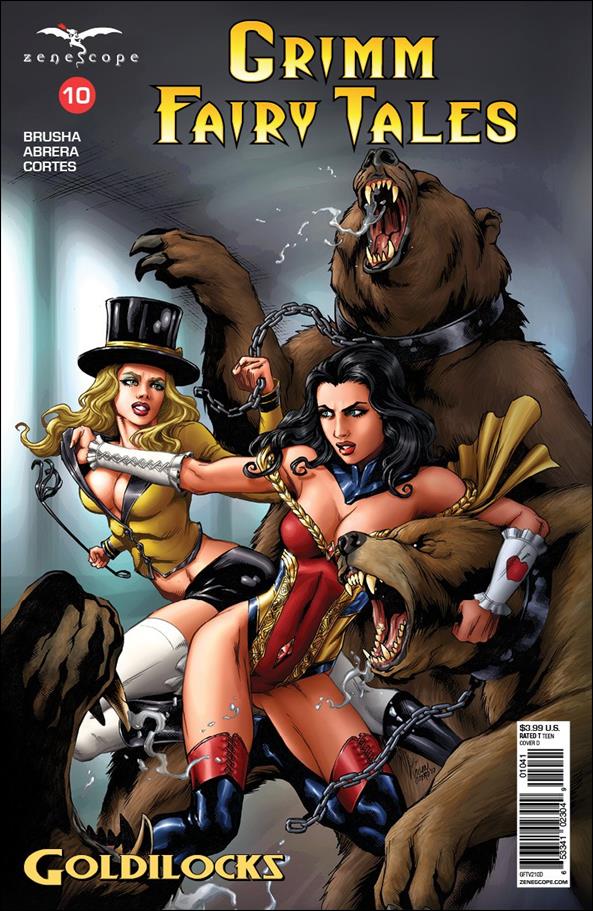 Read the tale →
Read the tale →
7 Brave little tailor
On a hot summer day, a little tailor sat cross-legged on his table by the window; he was in a very good mood and worked with a needle that was urine. And just then it happened that a woman was walking along the street and shouting: "Plum jam, plum jam!" This cry to the tailor was very to the liking; he put his little head out the window and also shouted: "Come here, aunt! There is a buyer for your goods. Read the tale →
0004 One father lived with two sons. The older one was smart, quick-witted, and every business was arguing in his hands, and the younger one was stupid, slow-witted and could not learn anything. Read the fairy tale →
they said: - Oh, if only a child was born to us! “But they didn’t have any children. It happened one day that the queen was sitting in the bath, and a frog crawled out of the water onto the shore and said to her: - Your wish will come true: it won’t even be a year before you give birth to a daughter.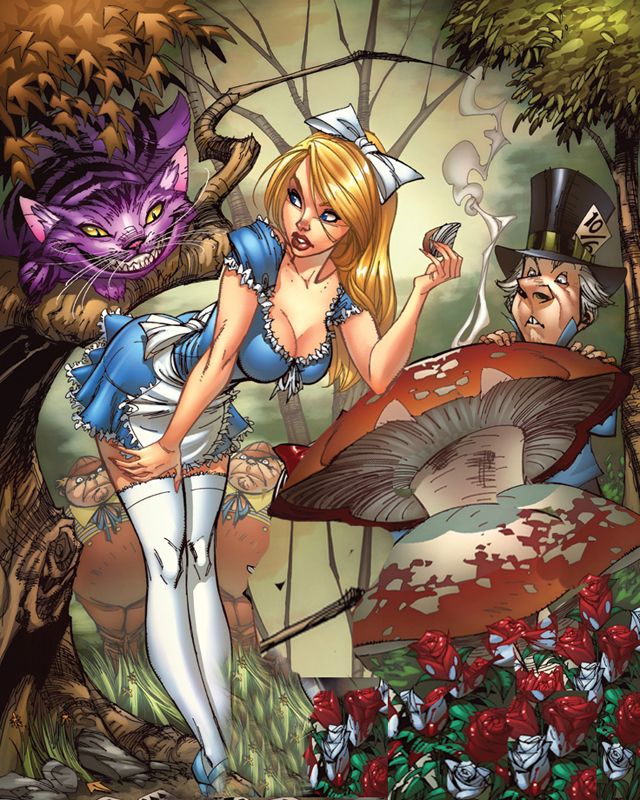 Read the tale →
Read the tale →
10Clever Elsa
Once upon a time there was a man who had a daughter, and she was called clever Elsa. When she grew up, her father said to her mother: "We must give her in marriage." - "Okay," said the mother, "if only there was such a good fellow who would want to take her as his wife. Read the tale →
11Three brothers
Once upon a time there lived and there was a man who had three sons, and there was not much wealth in all : only - the house in which he himself lived. Each of the sons would like to inherit that house after his death, but they were all equally sweet to their father; so he did not know how to be, so as not to offend anyone. Read fairy tale →
13King Thrushbeard
A certain king had a daughter that was too beautiful, but too proud and arrogant, so that no bridegroom could bear her. She refused one suitor after another, and even ridiculed everyone.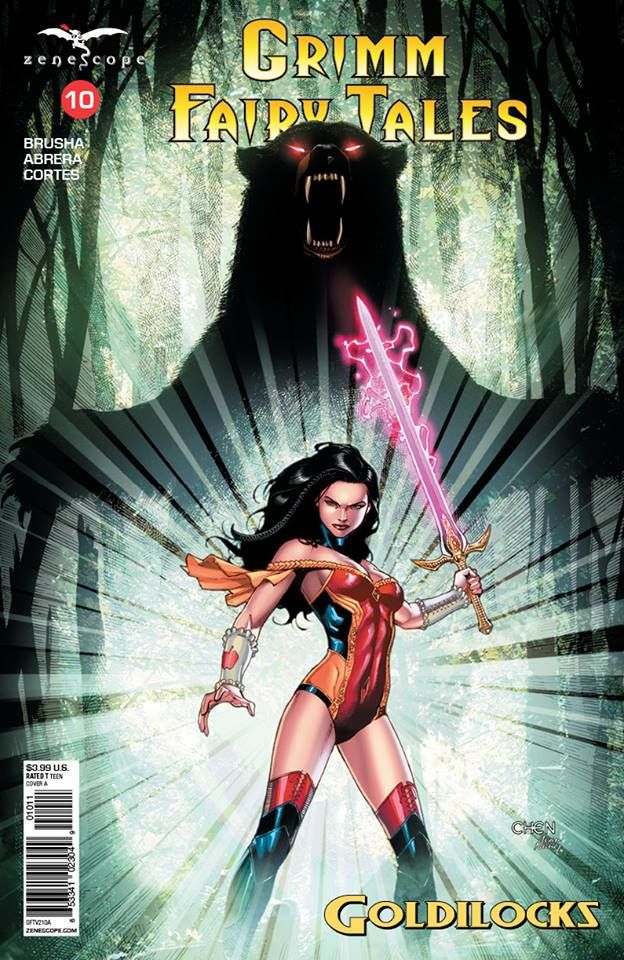 So one day the king, her father, arranged a big feast and invited all those who wanted to marry from near and far countries to the feast. they lived in complete harmony and had twelve children and all were little boys. So the king says to the queen: "If the thirteenth child you give birth to is a girl, then I will order all twelve boys to be killed so that she has more wealth, and all our kingdom belongs to her alone. Read the tale →
So one day the king, her father, arranged a big feast and invited all those who wanted to marry from near and far countries to the feast. they lived in complete harmony and had twelve children and all were little boys. So the king says to the queen: "If the thirteenth child you give birth to is a girl, then I will order all twelve boys to be killed so that she has more wealth, and all our kingdom belongs to her alone. Read the tale →
15 The Bremen Town Musicians
One owner had a donkey that had been dragging and dragging coolies to the mill for many years in a row, but finally became exhausted and began to become unfit for work. The owner began to think how to sell him off the stern; but the donkey noticed in time that things were not going well, ran away from the owner and headed along the road to Bremen: there, they say, I would be a city musician. Read the tale →
she has three daughters; the eldest was called One-Eyed, because she had only one eye on her forehead; the middle one was called Two-eyed, because she, like all people, had two eyes; and the youngest was called Three-Eyed, because she had three eyes, and the third was in her forehead.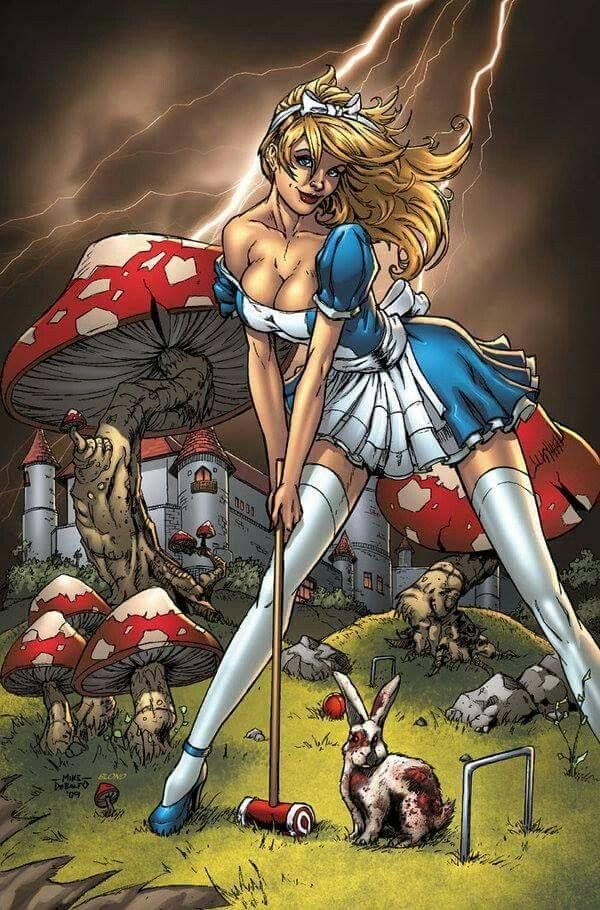 And because Two-Eyes looked the same as all other people, her sisters and mother did not like her very much. Read the tale →
And because Two-Eyes looked the same as all other people, her sisters and mother did not like her very much. Read the tale →
19 A girl without hands (Handless)
One miller lived and lived and grew poorer and poorer, and all that was left to him was a mill and a large apple tree behind the mill. One day he went to the forest for firewood, and an old man came out to meet him, whom he had never seen before, and said: “Well, why are you working there chopping firewood? I will make you a rich man, promise me only to give back what you have behind the mill. Read the story →
previous page
next page
1 2
Tales of the Brothers Grimm
Tales of the Brothers Grimm - a collection of the best fairy tales by authors known all over the world.
-
1 9000
-
6
01:30
-
7
02:20
-
8 9000 3
10003
-
9,0003
08:35
-
10
06:25
-
11
05:40
-
01:20 9000 9000
- 9000 9000 13000 12
-
14
07:55
-
15,0003
09:45
-
16
02:20
-
:20 9000 9000 9000 9000 9000 9000 9000 9000 9000 9000 9000 9000 9000 9000 9000 9000 9000 9000 9000 9000 9000 9000 9000 9000 9000 9000 9000 9000 9000 9000 9000 9000 9000
-
19
12:05
-
20,0003
10:00
-
21
05:25
-
2 9000
09:20
- 9000 23
08:000
-
24
10:30
-
25
07:25
-
26
04:25
-
27
11:20
-
28
10:40
-
29
04:05
-
30
04:20
-
31
16:25
- 9000 32
06:30 9000)
- 9000
13:15
-
35
04:50
14:50
-
40
05:05
-
41
08:15
-
42
04:25
-
43
04:30 9000 9000 9000 9000 9:
-
45 9000
-
50
01:05
-
51
04:45
Show
Records 248 Records records
For the first time a collection of fairy tales of the Grimm brothers was published in 1812 and it was called “Children's and Family Tales ".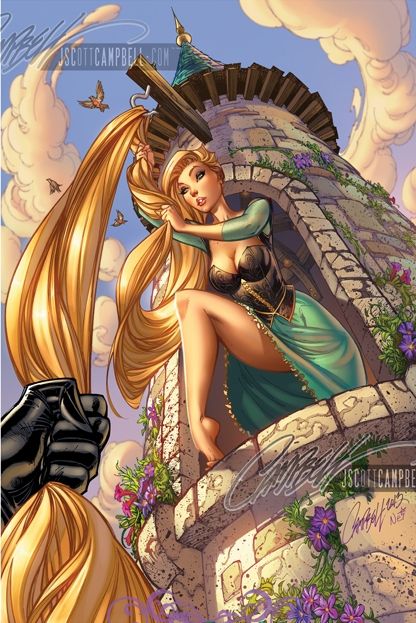 All the works were collected in German lands and processed to give literary and some wonderful magic that children liked. It makes no sense to read all the fairy tales of the Brothers Grimm at the same age. Their list is long, but not all are good, besides, not every one will be useful to young children. nine0003
All the works were collected in German lands and processed to give literary and some wonderful magic that children liked. It makes no sense to read all the fairy tales of the Brothers Grimm at the same age. Their list is long, but not all are good, besides, not every one will be useful to young children. nine0003
Publication of the first book by the Brothers Grimm
In order to publish their book, the Brothers Grimm had to endure many hardships, events unfolded from a completely unimaginable side. Having printed the manuscript for the first time, they gave it to their friend. However, it turned out that Clemens Brentano was not their friend at all. Having considered a gold mine in the fairy tales of the Brothers Grimm, he simply simply disappeared from sight of his friends and, as they later began to suspect, decided to publish fairy tales in his own name. The manuscript was found after many years, after the death of the authors. She had 49fairy tales, unique in their kind, heard from the storyteller Hesse.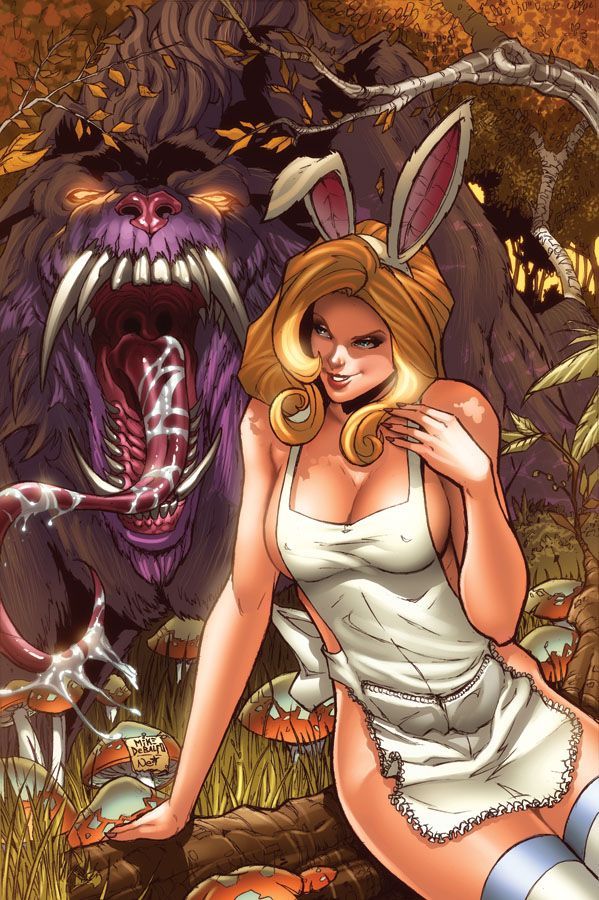
Having survived the betrayal of their best friend, the Brothers Grimm came to their senses and decided to publish a book without any frills and expenses: illustrations and decorations. So on December 20, 1812, the first book of the authors was published, the first volume already contained 86 works - this is how ordinary people read the fairy tales of the Brothers Grimm for the first time. The list of fairy tales has already increased after 2 years by another 70 fairy tales for children.
Everyone began to read fairy tales! nine0375
Fairy tales by the Brothers Grimm began to be read by absolutely everyone, stories were passed from mouth to mouth, and gradually the storytellers became well-known people, respect and love for whom grew by leaps and bounds. People came to them, helped in any way they could, and thanked for a piece of joy that they bring to their beloved children. Inspired by the idea of collecting as many folk works as possible, adding a little magic and educational nuances useful to children, the brothers worked tirelessly until the end of their lives.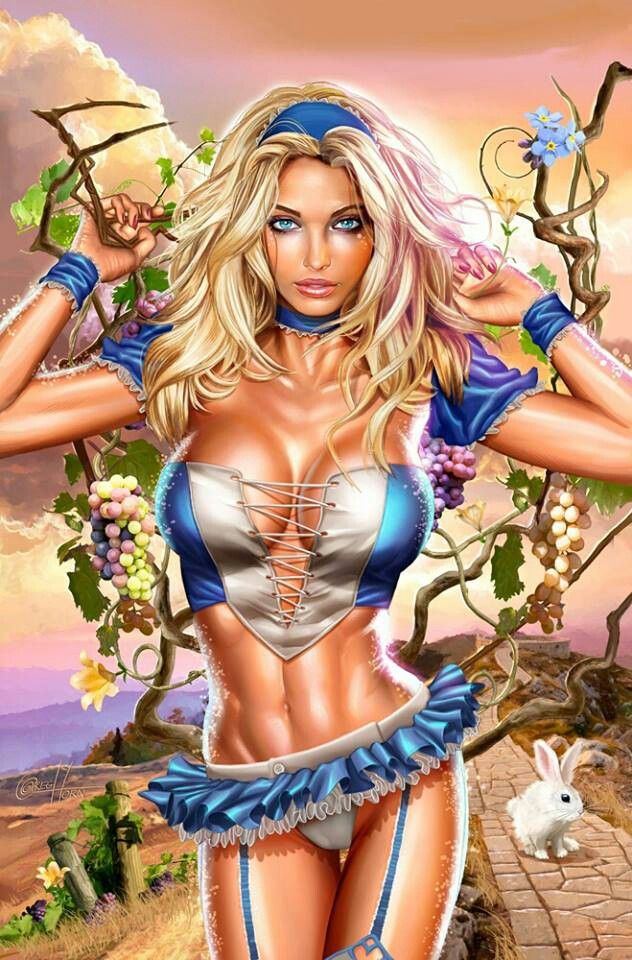 So for another 20 plus years, the brothers released no less than 7 editions, and already with abundant illustrations and high-quality cover for those times. nine0003
So for another 20 plus years, the brothers released no less than 7 editions, and already with abundant illustrations and high-quality cover for those times. nine0003
At all times, the fairy tales of the Brothers Grimm were loved by both children and adults, although some people did not consider them suitable for small children. Too adult plots and sometimes deep reasoning frightened parents. Therefore, the Grimm brothers were not too lazy and edited some fairy tales, reorienting them to the youngest children. This is how they came to us. On our site, we have tried to add fairy tales in the original children's version only in the best translations into Russian.
And sometimes it happens...
The fairy tales of the Brothers Grimm seriously influenced the attitude towards fairy-tale creativity, if before them fairy tales were often too simple, then the stories of the brothers can be called a literary innovation, a breakthrough. Subsequently, many people were inspired by the search for wonderful folk tales and their publication.

